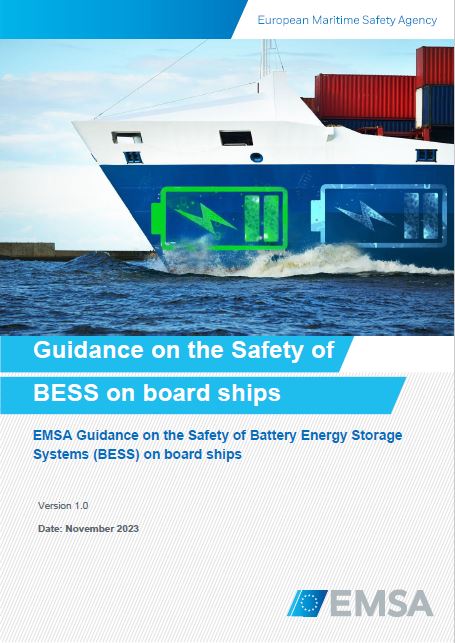Electrification

The use of alternative zero carbon and sustainable fuels in shipping is increasing, as are solutions based on electrification. A number of these options are already available in the market, ranging from pure electric to hybrid-electric and hybrid plug-in shipping models.
Electrification brings advantages for the maritime sector not only in terms of sustainability, by reducing emissions and energy consumption, but also in design and operations, reducing maintenance and allowing for more flexibility in the powertrain arrangements on board.
BESS installations: a growing trend
Battery Energy Storage Systems (BESS) installations on board ships have been increasing in number and installed power as the battery technology also develops. The current low energy density of the available energy storage systems makes them a preferred option for short-distance voyages or services that require low-autonomy. For this reason, the largest number of installations are in car and passenger ferries and ships dedicated to activities other than deep-sea commercial cargo transport.

The EMSA Guidance on the Safety of Battery Energy Storage Systems (BESS) has been developed by EMSA with the support of the European Commission, the Member States and the industry. The non-mandatory Guidance is intended to guide national administrations and industry and aims at a uniform implementation of the essential safety requirements for battery energy storage systems on board of ships. Access the Guidance here.
Shore side electricity
Shore side electricity (SSE) is another facet of the electrification of shipping. Increasing numbers of ships are using batteries onboard, in increased capacity and number of functions, particularly for electric and hybrid-electric plug-in ships.

The EMSA Guidance on Shore-Side Electricity is intended to assist in the planning and development of SSE options, starting with project decision-making and development of infrastructure elements, definition of responsibility frameworks and construction of control measures to assist in operation. Access the Guidance here.
